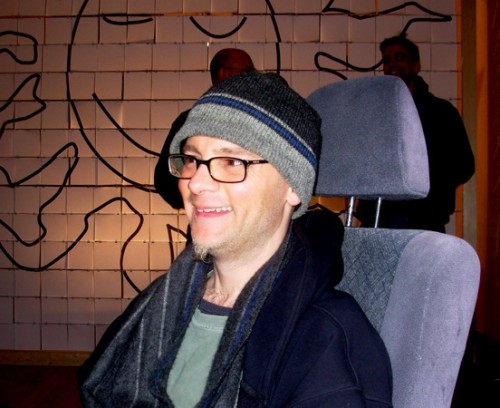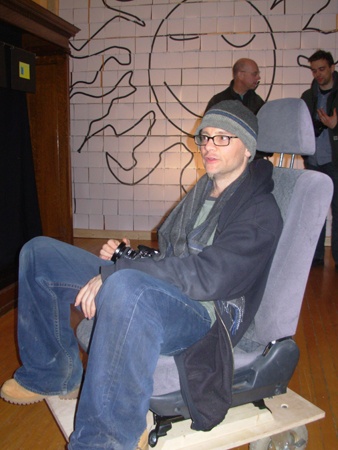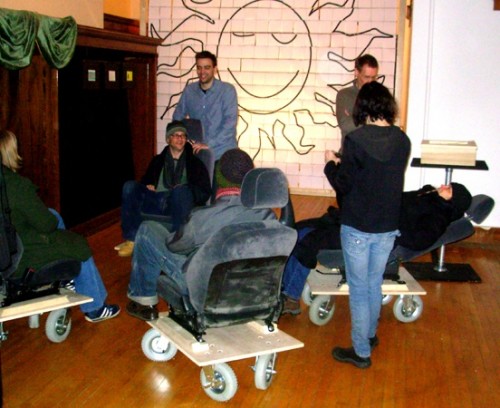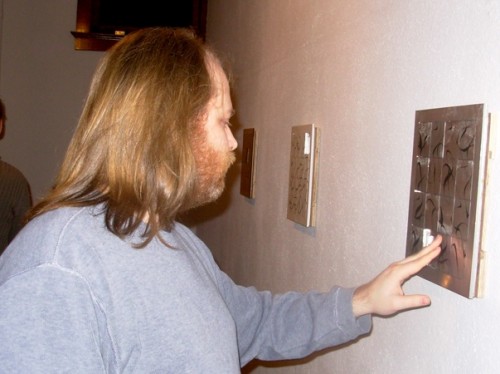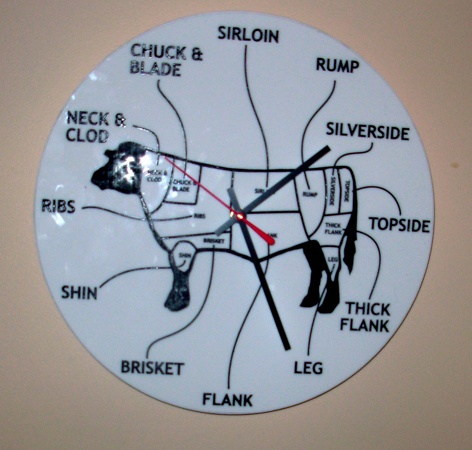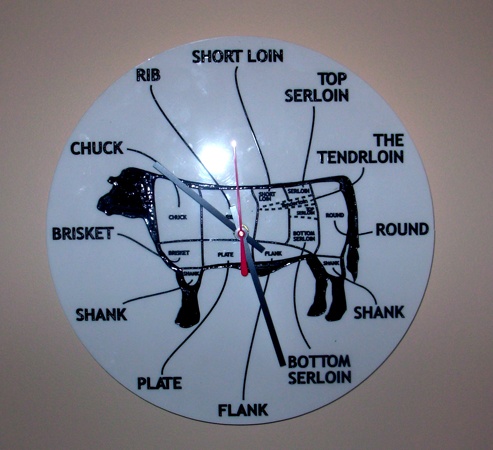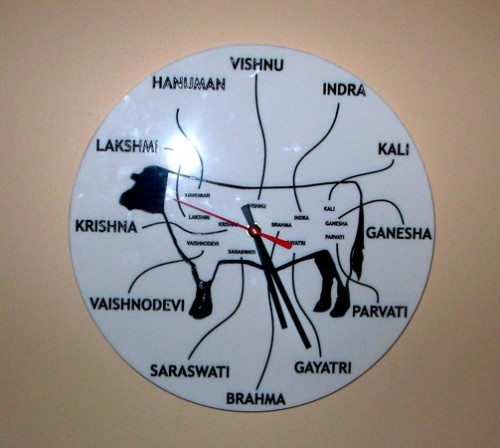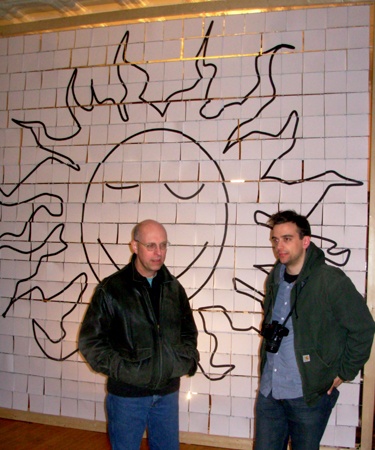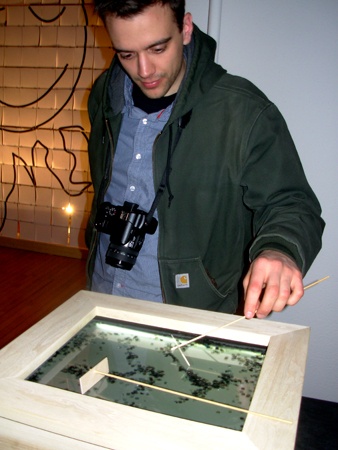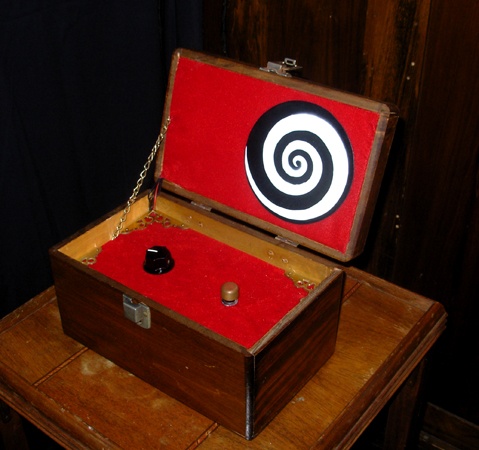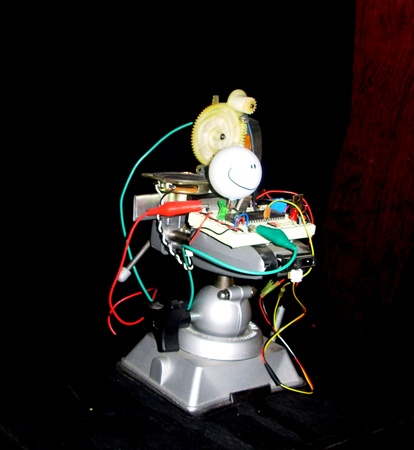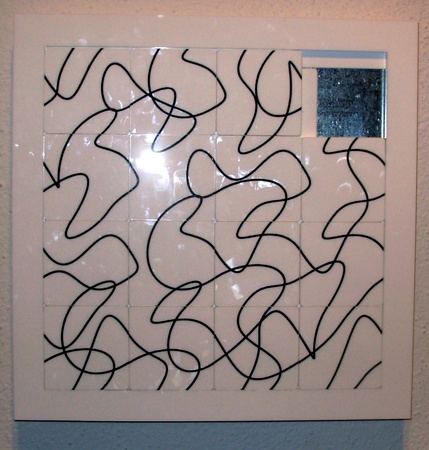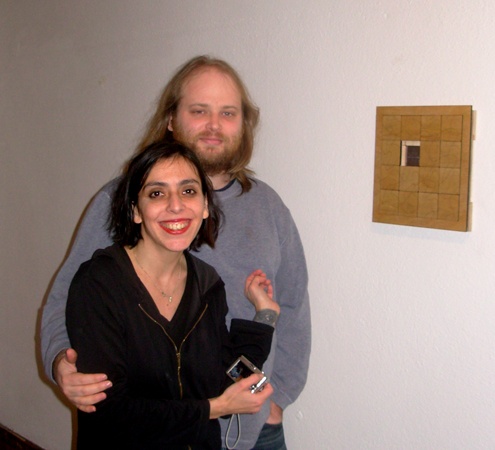Todd Holoubek at Greylock Arts
Hangin Out in Adams
By: Charles Giuliano - Jan 20, 2008
A friend of the artist Todd Holoubek whose show "Everybody Wins (Hoora! Hoora! Hoora!)" opened on Friday night, and remains on view at Greylock Arts, in Adams, Mass. through February 28, flew in from California and helped him with the installation. They pulled an all nighter and the show didn't get finished until 4 am of the day of the opening.
Much of the work in the interactive exhibition by Holoubek, an alumnus of New York University's Tisch School of Drama, and now an adjunct professor in NYU's Interactive Telecommunications Program (ITP), was assembled on site. This includes four car seats bolted to wooden platforms mounted on rubber wheels. During the lively opening guests sat in the chairs, moved them around in varying configurations, and even used the levers to kick back into reclining positions.
Being of an older and less techie, interactive generation I was rather puzzled by these awkward looking, mobile sculptures. In what way might one consider them to be works of art? This is a question I addressed to the artist as we spun about in the former, street level, retail space of what was once the lively commercial heart of the now largely dormant factory town, Adams, Mass. The owners of Greylock Arts, Marianne Petit and Matthew Belanger, have ties to the ITP where she teaches and from which he graduated. They share a common passion for arts, science and technology. They named their gallery Greylock after a magnificent view of the largest mountain in Massachusetts which they see from the top floor of an elegant, three story, brick building.
When the couple moved to the Berkshires they decided to use the first floor as a gallery, the second as a studio, and to live on the top floor. So far it has gone according to plan but when this show ends they plan to take a break and regroup reopening on Memorial Day for the height of the summer Berkshire season. They are working with Gallery 51 of MCLA for a collaborative exhibition and there are also some education projects they are involved in with local schools. Marianne regularly commutes to the city because of her full teaching schedule at NYU. While Matt does computer work at home occasionally traveling to New York for video and production editing. Someone has to remain in Adams to care for the two dogs.
Until this exhibition, Holoubek explained that the car seats had been stacked against a wall in his small apartment. Like a lot of the pieces in the show they have a curious back story. It seems that his car was broken into and crooks stole the seats but left the car. Hmm. Through various means he tried to find replacements including bidding for them on E Bay. But it was hard to find seats that actually fit. Hence, the surplus and just what to do with them? In the case of the young and inventive what starts as just stuff and junk ends up as art.
After the show, I asked if they will end up back in his apartment? Holoubek seemed a bit stumped by that as there is no room for them in their current incarnation as bulky sculptures/ furniture. Even if they get pushed out to the street with a sign on them that reads "Free" it is unlikely that they will end up in a neighbor's living room. So, in what sense were these awkward objects to be regarded as "art" I asked. Not missing a beat Holoubek responded that they represent "furniture design." Well, ok.
Perhaps they will enjoy the same fate as the famous early readymades of the Dada artist, Marcel Duchamp. After their initial exhibition his objects such as the "Bicycle Wheel and Stool" or "Fountain" (a urinal) were lost as the artist migrated from one studio to another. How do you place a value on such a casual found object? Of course, later in Duchamp's life, when those early lost pieces acquired considerable value, they were recreated, signed and numbered, as multiples.
In the likely event that Holoubeck's avant-garde mobile furniture disappears after this exhibition, or gets moved upstairs in the sparsely furnished home of Petit and Belanger, they may be lovingly reproduced, in Holoubeck's retrospective when, and if, he becomes that famous. More than likely, I won't be around for that event so I have vowed to enjoy the work while I can. Ars longa, vita brevis.
Similarly, the large, generic sun with a smiling face at the end of the gallery space is destined for a brief existence extending through the run of the show. It is another of those ideas that Holoubek has long hoped to execute. The 12 x 12' "Sun Mural" is assembled from numerous, individual sheets of paper forming an enormous blowup of the very first image that the artist downloaded from the internet.
While the work is being displayed in a "gallery" there doesn't seem to be much of a marketing strategy. There was no price set on "Car Seats" and "Sun Mural" but several other works in the exhibition seemed quite collectable. There are four pieces in the series "Everybody Wins (Hoora! Hoora! Hoora!)" which are small, exquisitely crafted, modular grids made of different materials, wood, metal and plastic. They are designed in such a manner that one may interact with them by moving square elements into different configurations. Astrid described it quite succinctly as resembling one face of a Rubik's Cube puzzle.
Another very saleable series consists of the three "Meat Clocks." The faces of the clocks consist of diagrams of a steer with the varying cuts of meat. One clock conveys American terms and cuts, the second, British, and the third, Indian. Of course the humor comes from the fact that the Indian Beef conveys no "cuts" as India's Hindus are vegetarians who consider cows as sacred incarnations of their ancestors. Another very successful small work is the "Light Garden" in which, with miniature rakes, one manipulates glittery objects on a light table that causes interesting modifications.
I asked the artist for prices of these objects. Which is not an unusual question during a "gallery" opening. It is, after all, rather encouraging to make sales. But the artist was stumped. He hadn't really thought of what to ask for the work. And, as a lot of artists will tell you, particularly young ones, Holoubek was more focused on the challenge of making the work and the pleasure of having the chance to show it.
Turning it around Holoubek asked what I thought should be the price on the work? I am not a gallerist so it was difficult to give an accurate answer. But we discussed some possibilities including editioning. I speculated that in the right booth, at an art fair, the entire body of work would sell out in an afternoon. The trick is to find the proper representation.
Of course, I should buy the work myself. Kind of like insider trading. The problem is that, like a lot of avid collectors, we have just run out of wall space. On the other hand.

